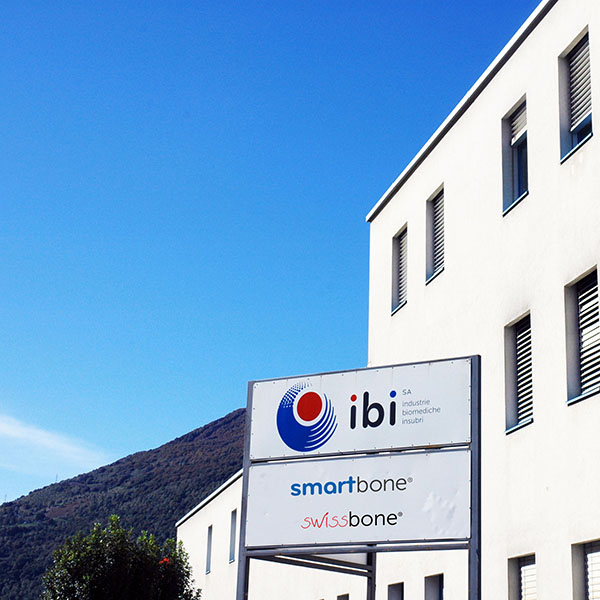CLOSE

Date:
2018
Journal:
Clin Implant Dent
Author:
Y. Mayer, O. Ginesin, A. Khutaba, E. E. Machtei, H. Z. Giladi
Link:

Background: Cells, scaffolds, and growth factors are the key components in bone tissue engineering. Scaffold composition, topography, and architecture influence the amount of regenerated bone in the implantation site. The aims of the study were to compare viability and proliferation of mesenchymal stem cells (MSCs) seeded onto two commercial xenografts: Bio-Oss (BO) and bioactive bone bovine (BB). Next, these materials were compared for histomorphometric bone formation in a socket preservation model in rats.
Materials and Methods: MSCs were seeded onto monolayers of BO or BB granules. Cell viability and proliferation were evaluated after incubation of 0, 2, 20, and 48 h. A total of 24 Sprague Dawley rats underwent unilateral extraction of maxillary molars. Rats were randomly divided into three groups: natural healing (nongrafted socket) or socket preservation with either BO or BB. Rats were sacrificed after 8 weeks, and histomorphometric analysis was done to evaluate bone formation and residual scaffold at the extraction site.
Results: Differences in the metabolic activity of MSCs that were seeded onto BO or BB was observed at 2 h after seeding: the metabolic activity was elevated compared to baseline in the BB (P 5 .046) and not changed in the BO wells (P 5 .84). After 20 h, the metabolic activity of MSCs seeded onto BO was decreasing (P 5 .005), while cell viability was not changed in the BB group (P 5 .356). Intergroup comparison revealed higher metabolic activity of MSCs seeded on BB after 48 h compared with BO (P 5 .016). The in vivo results demonstrated differences in socket healing between the groups: percentage of new bone was higher in the BB compared to BO group (39.1 6 14.3 vs. 23.7 6 10.8%, respectively, P 5 .096). Connective tissue portion was higher in the BO group compared with BB (73.7 6 11.1 vs. 49.6 6 13.7%, respectively, P 5 .018). Residual grafting martial was higher in the BB (11.34 6 4.18 vs. 2.62 6 1.23%, P 5 .011).
Conclusions: The results of this study demonstrating higher vitality and proliferation of MSCs seeded onto BB. Furthermore, following ridge preservation, higher percentage of new bone and lower residual scaffold were found in the BB compared with BO. This enhanced regenerative response might be the result of an enhancement of metabolic activity in cells attached to it. Further research will be needed to understand the precise mechanism.

IBI SA
Industrie Biomediche Insubri SA
via Cantonale 67, CH-6805 Mezzovico-Vira, Switzerland
t. +41 91 93.06.640
f. +41 91 220.70.00